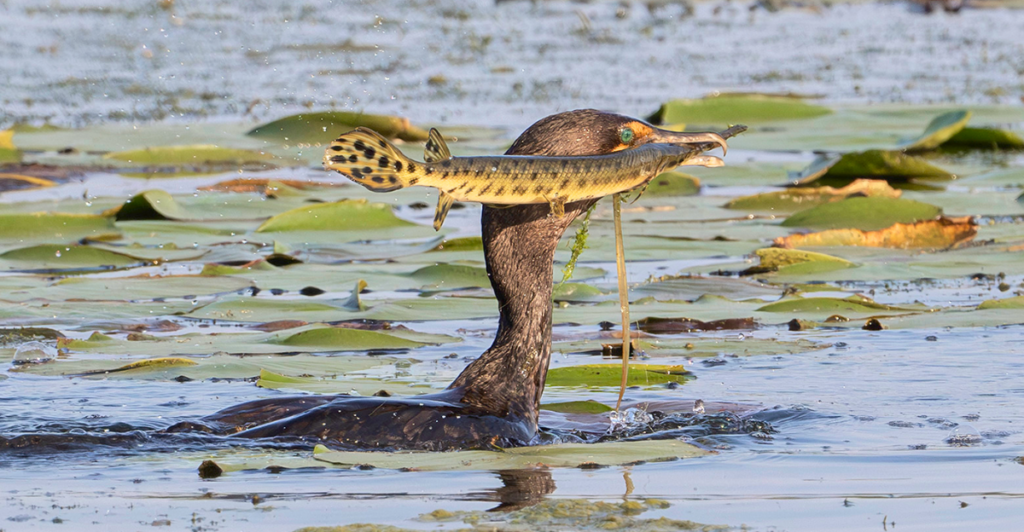
Predators are essential in maintaining ecological balance, yet many go unnoticed despite their vital contributions. From controlling pests to supporting biodiversity, these often-overlooked hunters ensure the health of ecosystems across the United States. This gallery highlights 13 fascinating predators that might not be on your radar but are crucial to keeping nature’s delicate balance in check. Discover how these remarkable creatures help sustain the environments we rely on.
Eastern Milk Snake

This non-venomous snake is an expert at controlling rodent populations. Found in forests, fields, and even suburban areas, the Eastern milk snake hunts mice and rats, helping to prevent overpopulation and potential crop damage. Their striking appearance often causes them to be mistaken for venomous species, but these snakes are harmless to humans. Keeping rodent numbers in check also limits the spread of diseases associated with these small mammals.
Green Darner Dragonfly
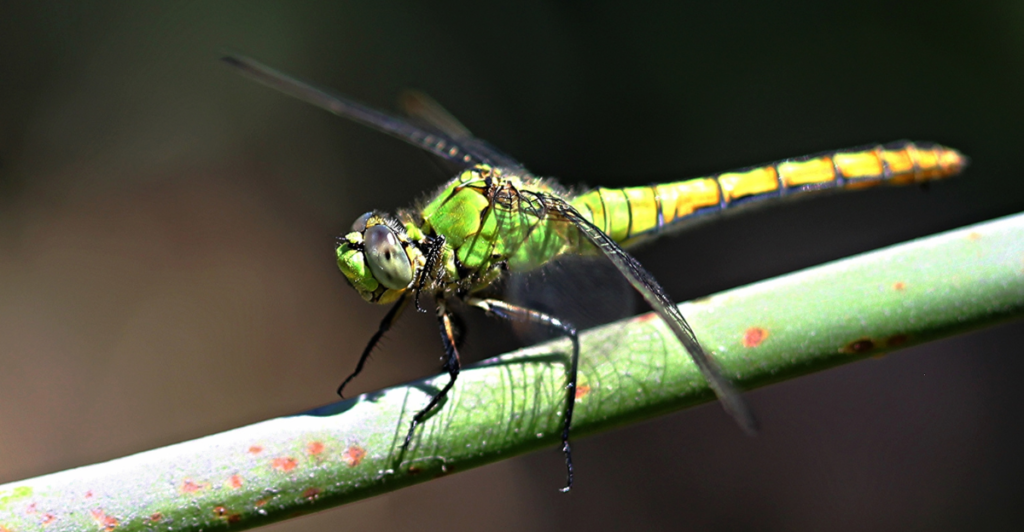
Green darner dragonflies are voracious insect predators. As one of the largest dragonfly species in the U.S., they consume mosquitoes, flies, and other small insects, acting as natural pest controllers. These dazzling creatures are found near wetlands, lakes, and rivers and contribute to healthy aquatic ecosystems. They also serve as an essential food source for birds and fish, linking multiple levels of the food web and showcasing the interconnectedness of nature.
Fisher Cats
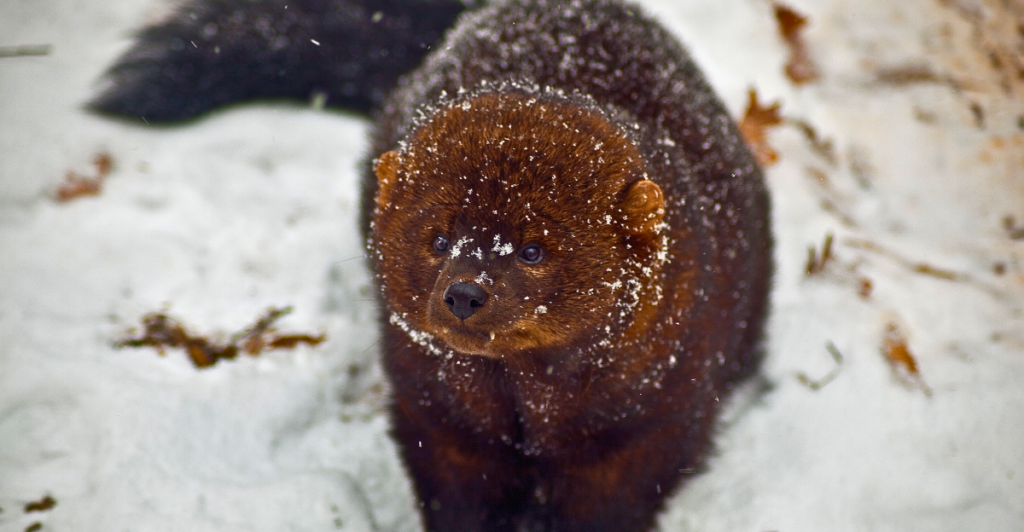
Despite their name, fisher cats are not cats and rarely eat fish. These small carnivorous mammals are skilled predators that hunt porcupines, squirrels, and other small mammals. Found in forested regions across the northern U.S., fisher cats play a critical role in maintaining balanced populations of their prey. Their ability to hunt porcupines, which can damage trees when overpopulated, makes them particularly valuable to forest ecosystems.
Ground Beetles
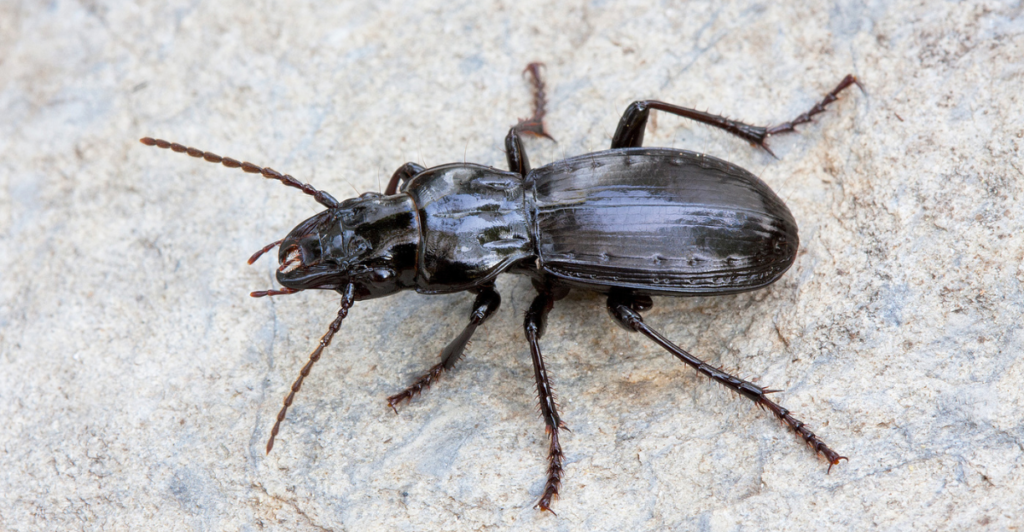
Ground beetles are tiny yet mighty predators that feast on agricultural pests like caterpillars, aphids, and slugs. These nocturnal hunters are often found in gardens and farmlands, serving as nature’s pest control. Ground beetles support sustainable farming practices by preying on species that can devastate crops. Their presence underscores the importance of maintaining biodiverse habitats that include these unsung heroes of pest management.
Barn Owls
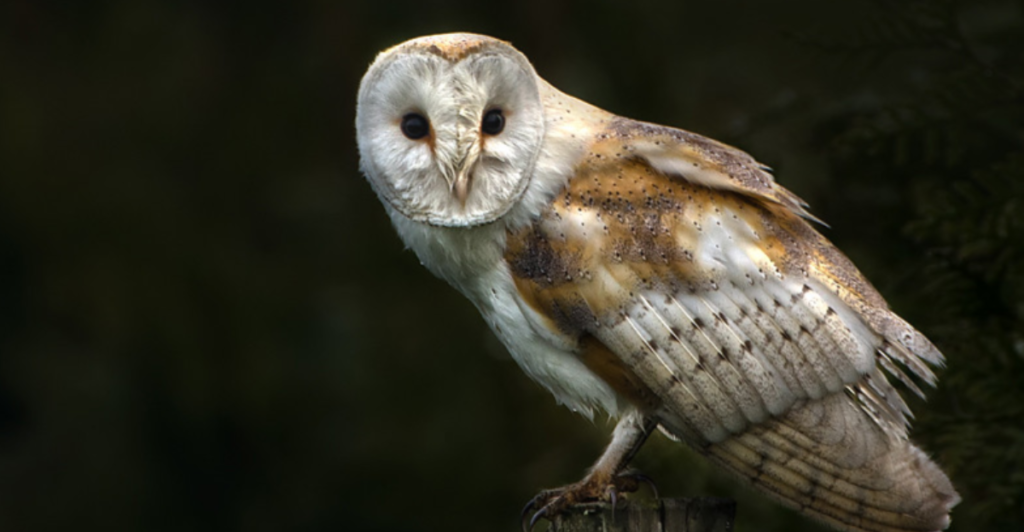
With their ghostly white faces and silent flight, barn owls are nocturnal hunters who keep rodent populations in check. Found in open grasslands and farmlands, they consume mice, voles, and rats by the thousands each year. Their hunting efficiency benefits farmers by reducing crop damage and minimizing the need for rodenticides. Barn owls’ distinctive appearance and essential role in ecosystem balance make them one of the most fascinating avian predators.
Hellbenders
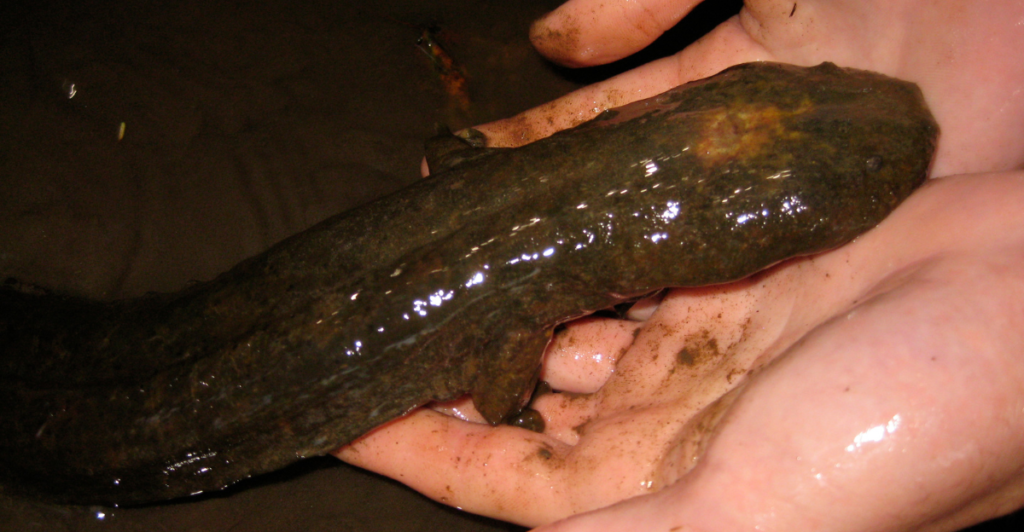
Hellbenders are giant aquatic salamanders native to rivers and streams in the eastern U.S. These amphibians prey on crayfish and small fish, maintaining healthy marine ecosystems. As indicator species, their presence reflects clean water conditions. Unfortunately, habitat loss and pollution have made hellbenders a species of concern. Their predatory role in freshwater habitats underscores the importance of protecting these unique creatures and their ecosystems.
Spotted Skunks
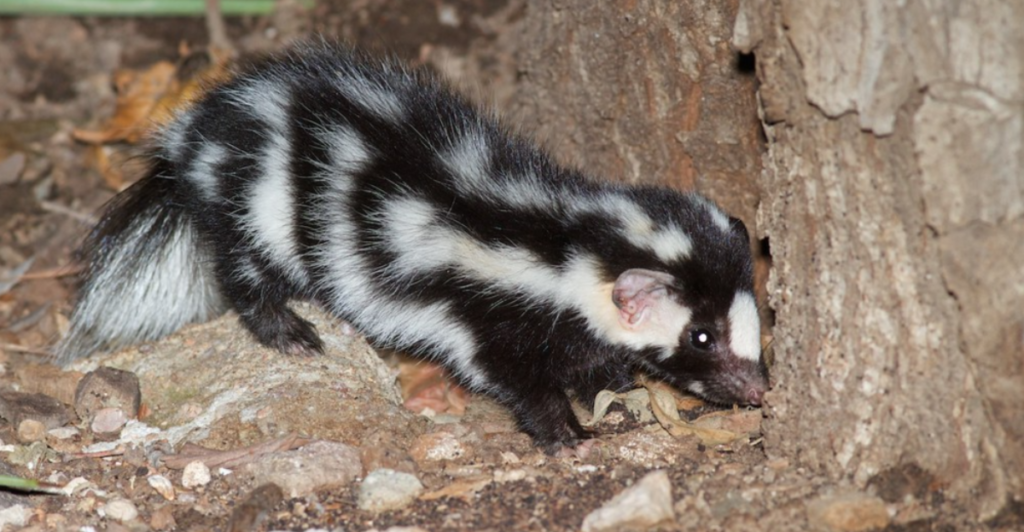
Though better known for their defensive spray, spotted skunks are agile predators that control populations of insects, rodents, and small birds. These nocturnal mammals are found across various habitats, from woodlands to grasslands. By consuming pests that threaten crops and native plants, spotted skunks contribute to ecosystem health. Their striking black-and-white patterns serve as a warning to potential threats while highlighting their unique role in maintaining ecological balance.
Bobcats
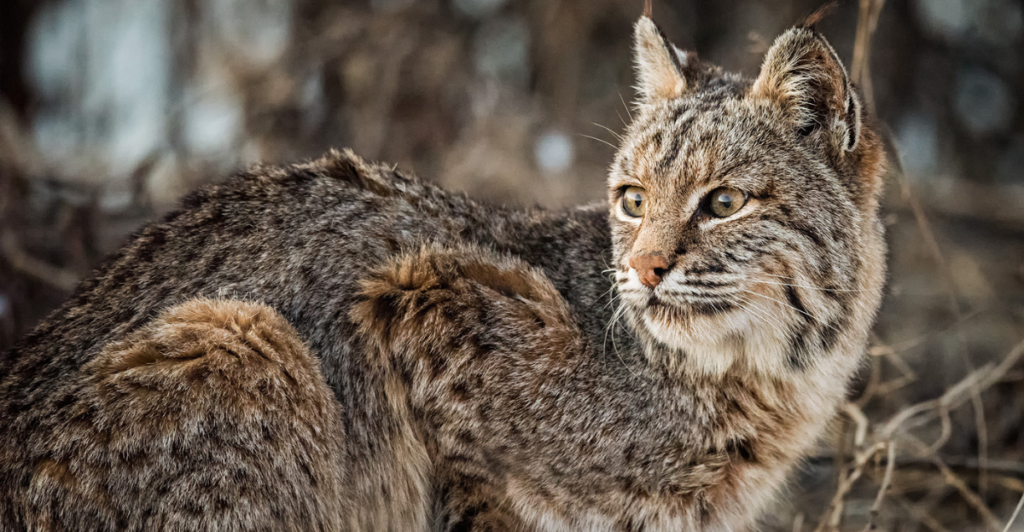
Bobcats are solitary, stealthy hunters found throughout the U.S. They prey on rabbits, rodents, and small deer, helping to control herbivore populations. This balance prevents overgrazing, which can lead to habitat degradation. Bobcats are adaptable and thrive in diverse environments, from forests to deserts. Their elusive nature often makes them hard to spot, but their impact on ecosystems is significant, showcasing their role as apex predators in many regions.
Prairie Dogs
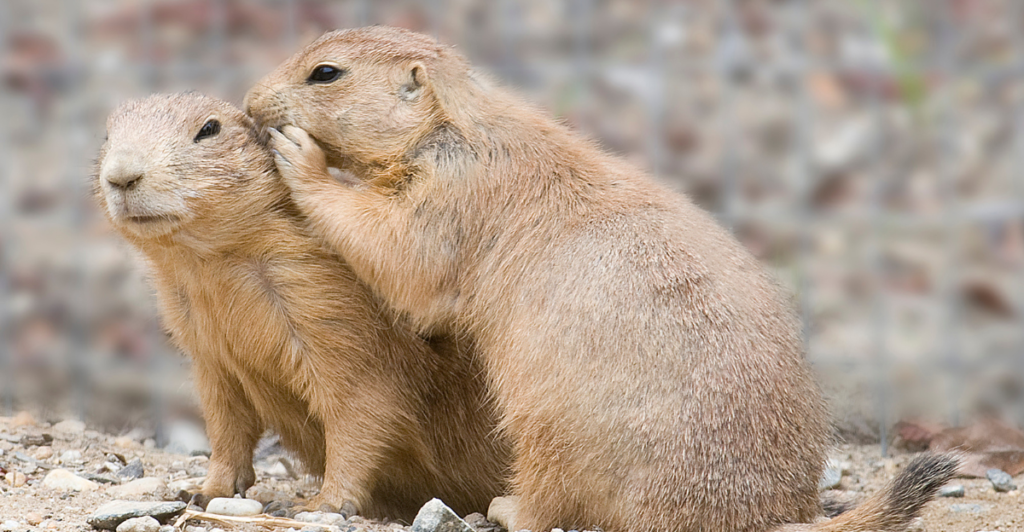
While often seen as prey, prairie dogs also serve as ecosystem engineers and predators of vegetation. By trimming grasses and creating burrows, they support habitats for numerous species. Their grazing behavior prevents certain plants from becoming overgrown, promoting plant diversity. Prairie dogs’ role as prey and environmental stewards illustrates the complex relationships within ecosystems. Maintaining their populations is essential for the health of grassland habitats.
Longnose Gar
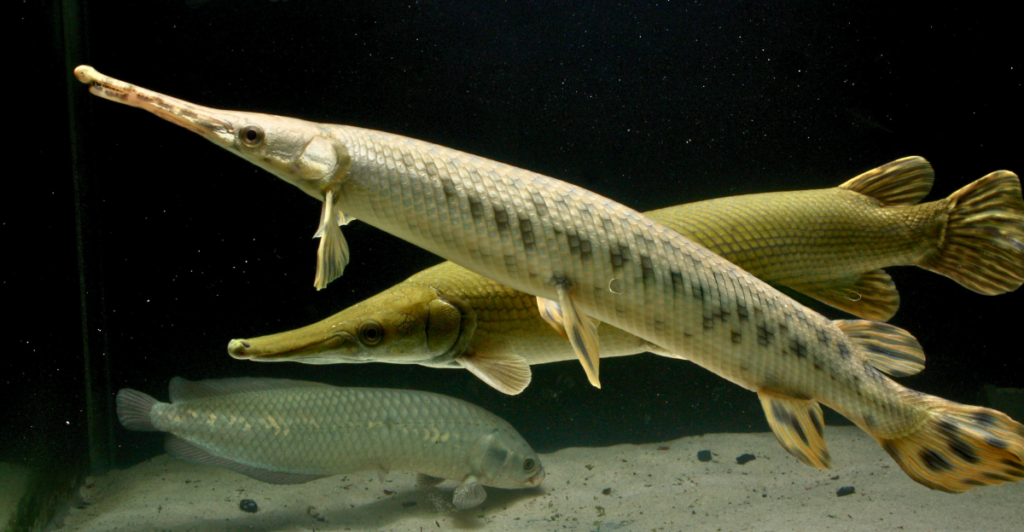
This ancient fish species is a top predator in many freshwater ecosystems. With their long, sharp teeth and torpedo-shaped bodies, longnose gars hunt smaller fish, keeping prey populations in balance. Found in rivers, lakes, and estuaries, they help maintain aquatic biodiversity by preventing any single species from dominating. Longnose gars’ prehistoric appearance and ecological importance highlight the value of preserving native freshwater predators.
Tarantula Hawks
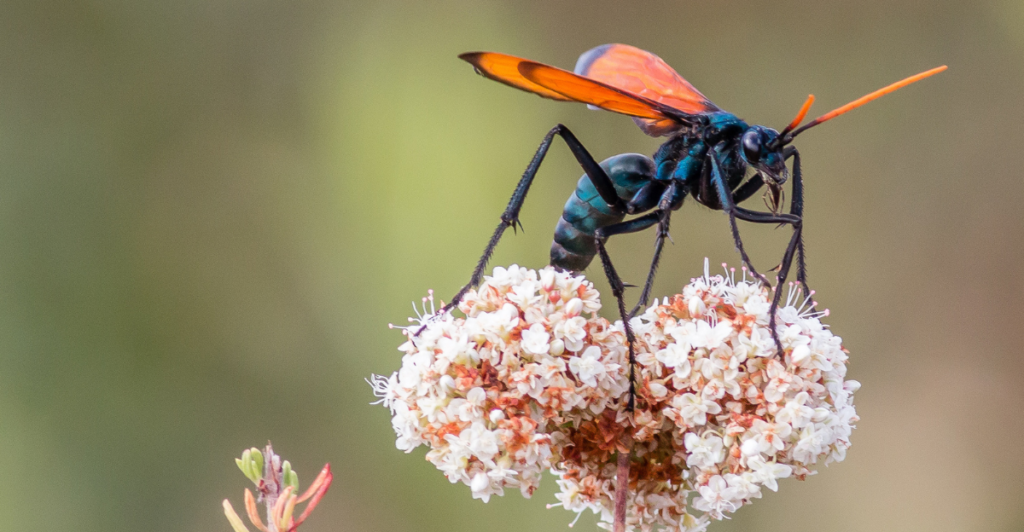
These striking wasps are known for controlling tarantula populations. Found in the southwestern U.S., tarantula hawks paralyze their prey with a powerful sting before laying eggs inside them. Though their predatory methods may seem harsh, they help maintain balanced arachnid populations. Tarantula hawks are also essential pollinators, making their presence crucial to desert ecosystems. Their unique lifecycle showcases the complexity and interdependence of predator-prey dynamics in nature.
The American Kestrel
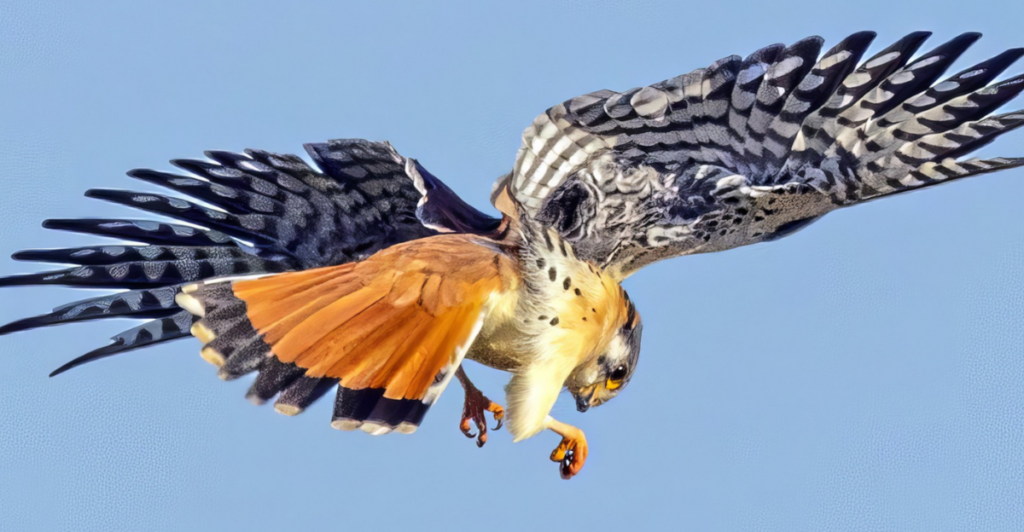
Known as the smallest falcon in North America, the American kestrel plays a vital role in controlling populations of insects and small rodents. These agile predators are commonly seen hovering over fields, scanning for prey. By managing pest populations, they support agricultural health and maintain ecological balance. Despite their diminutive size, kestrels are fierce hunters, capturing prey with remarkable precision, and their presence helps reduce the need for chemical pest control.
Stay connected with us for more stories like this! Follow us to get the latest updates or hit the Follow button at the top of this article, and let us know what you think by leaving your feedback below. We’d love to hear from you!







